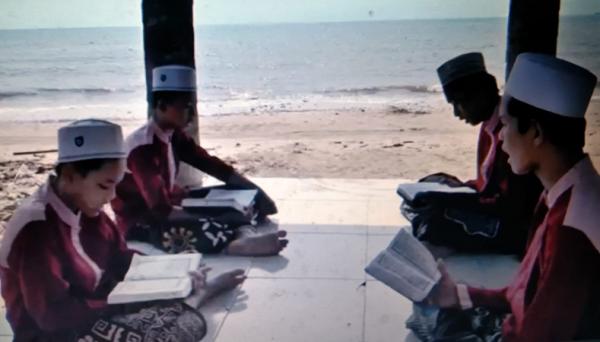Islamic boarding schools, or pesantren, in Indonesia today are flourishing like mushrooms in the rainy season. Not only are they numerous, but pesantren can also emerge in diverse environments and conditions. They can be found in mountainous areas, coastal regions, urban centers, and even in repurposed lands that once served as red-light districts. These institutions transform into sanctuaries of hope, radiating knowledge amidst the darkness of the times.
A kiai does not approach the establishment of a pesantren as a businessman would build an enterprise, focused on profit and loss. Strategic locations and market conditions are crucial for business ventures, as entrepreneurs understand that their products will experience highs and lows in response to changing times. However, a kiai and his pesantren are not bound by these dynamics. The core “commodity” of a pesantren—knowledge and blessings—remains eternally valuable. Therefore, a kiai is confident that the wellspring of knowledge will always attract seekers.

Coastal Areas
The varied locations of pesantren naturally endow them with unique characteristics shaped by their geographical contexts. Coastal pesantren are particularly distinctive. Coastal areas, often characterized by hot climates and suboptimal conditions, such as poor sanitation and limited access to clean water and air, might seem unsuitable for large communities like pesantren.
An example of such coastal pesantren is found in the Sarang region of Central Java. Located on the northern coast of Java, at the border of Central and East Java provinces, many pesantren thrive despite their coastal setting. Contrary to expectations, these pesantren are far from unpopular. Tens of thousands of students reside in Sarang, with thousands more joining this vibrant community at the start of each academic year.
The question arises: why do coastal pesantren, particularly those in Sarang, continue to thrive despite their challenging environments?








